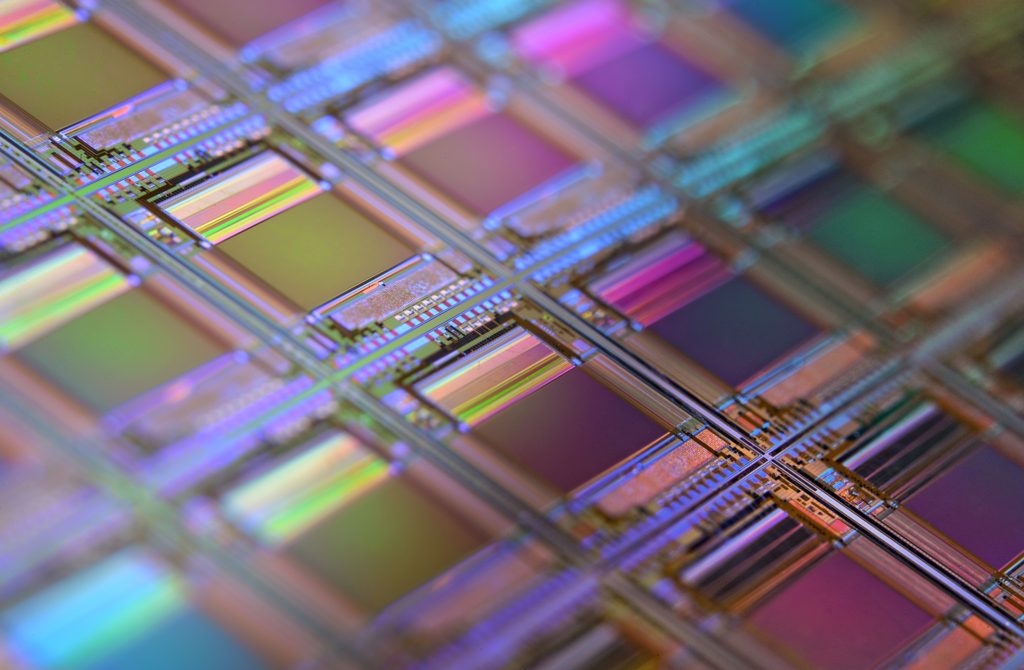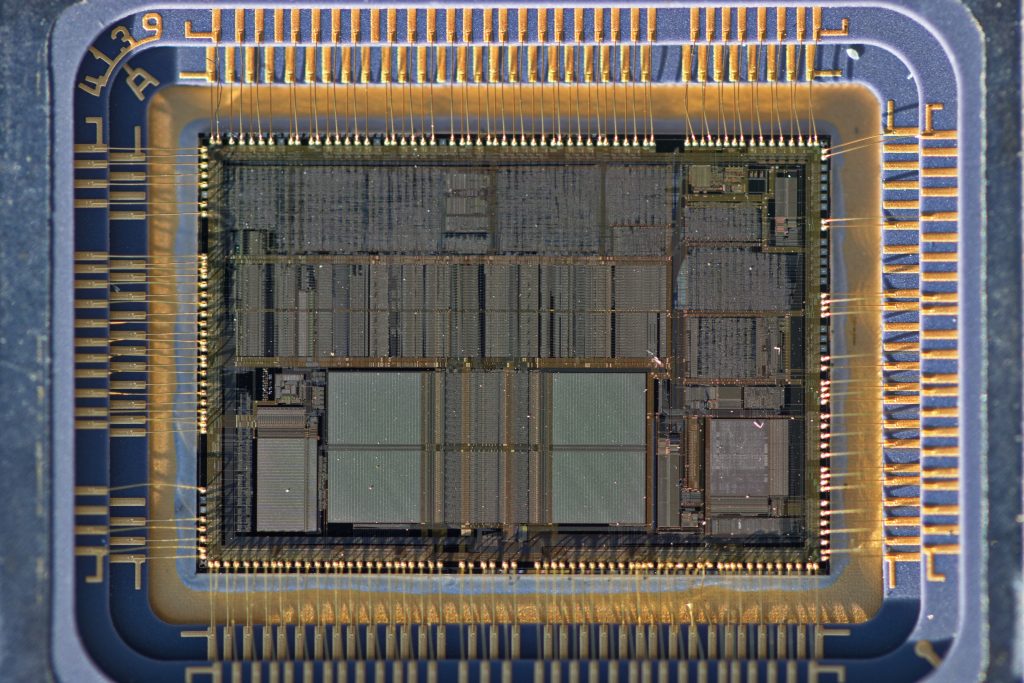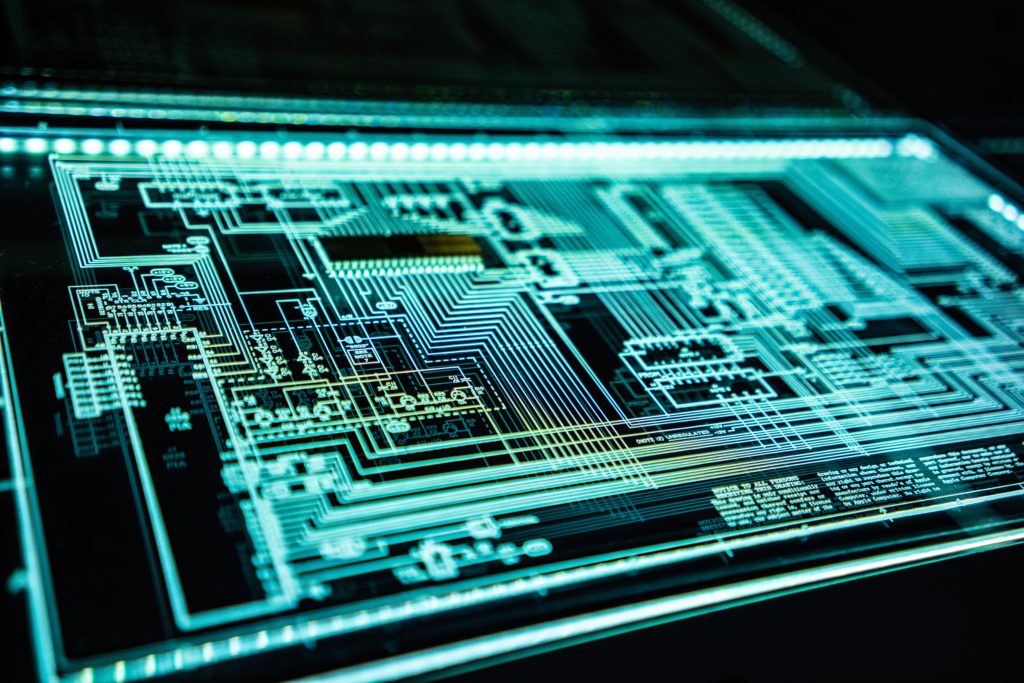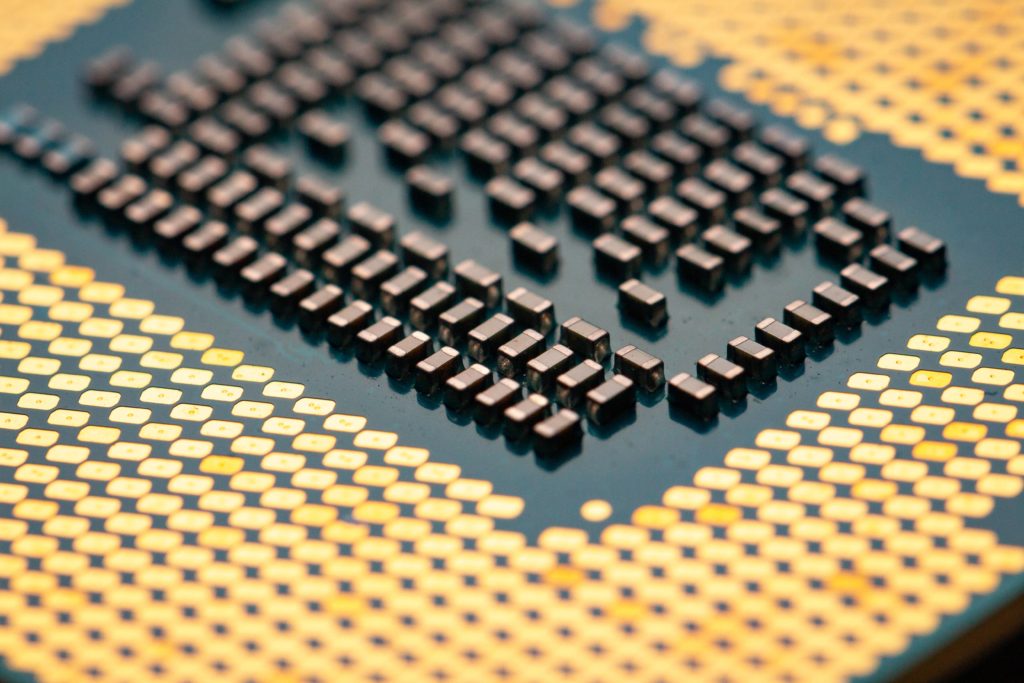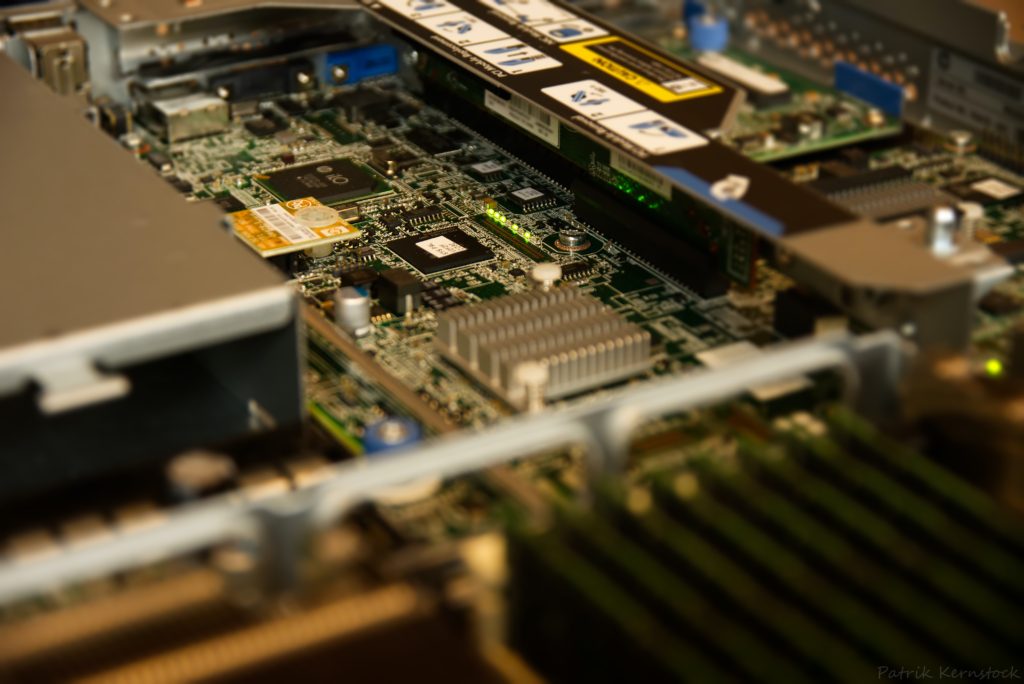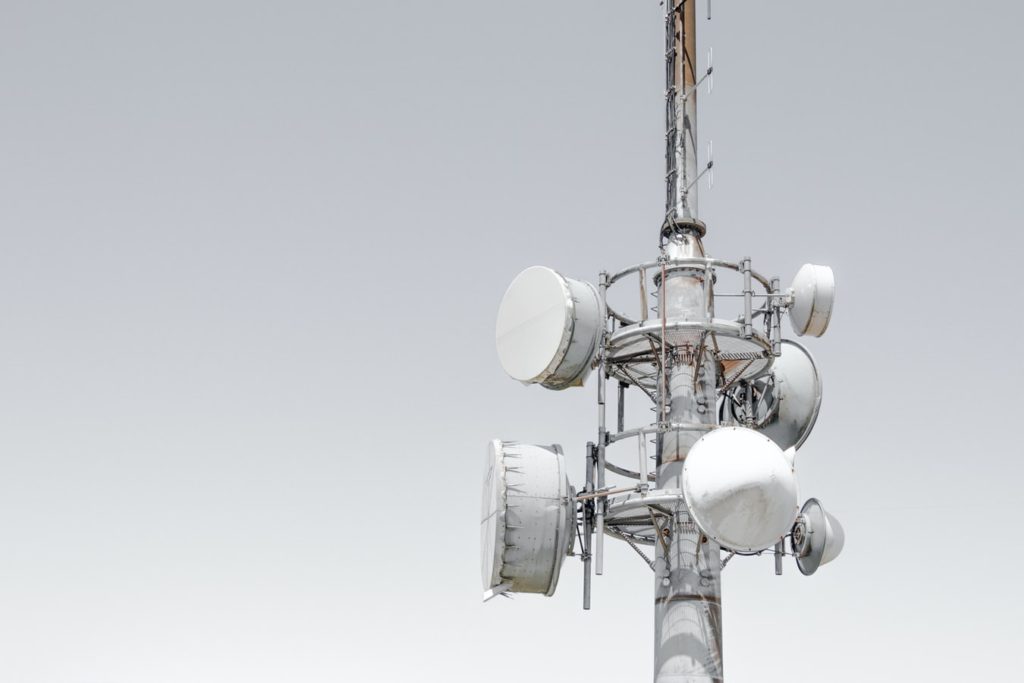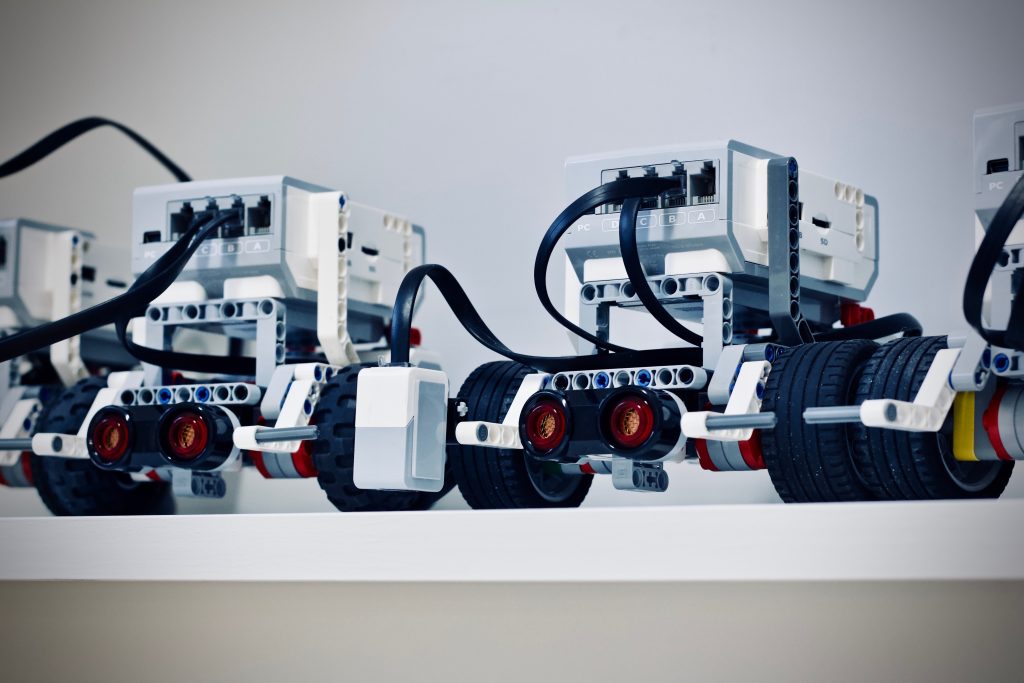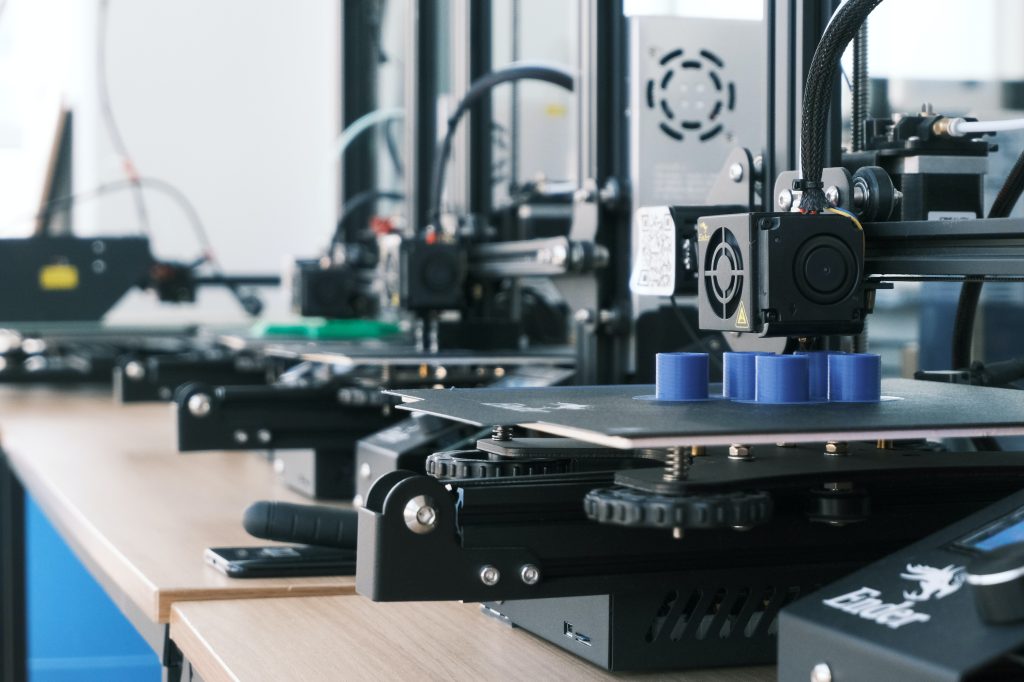Photo by Laura Ockel on Unsplash
THE SEMICONDUCTOR STATUS IN INDIA
In 2020, the semiconductor industry got a lot of attention. From geo-politics to manufacturing advancement to mergers and acquisitions, the semiconductor industry has been all over the news.
This showed the world the growing need and dependency on semiconductor technology. This caught attention of the countries that are behind in the semiconductor fabrication, assembly, and testing. Specifically, India, which is a 100% importer of the semiconductor products/devices.
A country with 1.3+ Billion people, simply cannot afford to be lagging in the core semiconductor manufacturing technology, which provides the base for several technology products from smartphones to satellites.
There has been a push from the government to attract businesses all over the world to set up semiconductor fabrication, assembly, and testing facilities in India, by providing incentive based schemes. The reality is that much more is required than just the policies.
It is not that India does not have any semiconductor fabrication, assembly, and testing facilities.
All of the existing semiconductor fabrication facilities are owned and operated by the government of India for critical infrastructures needs like defense and space technology:
- Semi-Conductor Laboratory (SCL) is equipped to fabricate 180nm CMOS process on a 6-inch and 8-inch wafer. It also has packaging and testing capability.
- Bharat Electronics Limited (BEL) is another public sector company that has electronic manufacturing units but not semiconductor fabrication.
- Society For Integrated Circuit Technology And Applied Research (SITAR) has a 6-inch wafer processing capacity but the technology node is not advanced.
- IIT Bombay Nanofabrication Facility (IITBNF) is another lab that has the equipment to enable 2-inch, 4-inch, and 8-inch silicon wafers, which are primarily used for research and development activities only.
Few private companies are in semiconductor assembly and testing but not into fabrication:
- SPEL Semiconductor Limited is capable of providing turnkey post-fabrication testing and assembly solutions.
- ChipTest Engineering Private Limited is another (owned by SPEL’s parent company) assembly and testing solution provider with an office in Asia-Pacific apart from India.
- Tessolve Semiconductor also provides semiconductor testing and product engineering related services.
- Apart from above three, there are numerous private electronic assembly (different than semiconductor assembly and testing) service providers that do not fall either in the semiconductor fabrication, assembly, or testing domain.
Above data shows that the in-house semiconductor fabrication, assembly, and testing is yet to expand in India. There is a huge gap between supply and demand with respect to semiconductor manufacturing. On the other side, the semiconductor design industry in India is thriving with almost all of the top FAB-LESS to IDM (Design only) to ESDM design houses having R&D centers that are involved in niche semiconductor product design including PDK‘s for advanced nodes.
This leads to the question, what are the missing links?

THE SEMICONDUCTOR MISSING LINK IN INDIA
The semiconductor end-to-end manufacturing comprises of following types of semiconductor companies:
- FAB-LESS/IDM – Pre-Silicon semiconductor product design
- EDA – Pre-Silicon software tools and libraries to aid semiconductor product design
- FAB/Pure-Play Foundry/IDM/Equipment/Material/OSAT/ATMP – Post-Silicon semiconductor fabrication, assembly and testing
Pre-Silicon:
In terms of Pre-Silicon (FAB-LESS and EDA), India has an advantage over neighboring countries due to the active participation in critical product development happening in the various FAB-LESS/EDA companies. This is important as semiconductor industry in 2020 showed clear pathway that the future will have less IDM, and more FAB-LESS and FAB companies – two different segments. There are few IDM companies in India, but these only cater the designing aspect and not the manufacturing aspect of the semiconductor product development.
However, there are disadvantages too when moving from the designing to manufacturing phase of the product development.
India is becoming heavily dependent on Asia Pacific countries for semiconductor fabrication, assembly and testing. On top, it is not that Asia Pacific countries are far behind when it comes to FAB-LESS designing. With matured semiconductor manufacturing, taking lead in the designing space will not be difficult.
Post-Silicon:
The major missing link in India’s semiconductor industry falls in the Post-Silicon domain. Without a dedicated MINI/MEGA/GIGA foundry, India lacks far behind not only in the world but also in Asia.
Importing 100% of the semiconductor products and then simply assembling them is not viable from import/export business point of view and puts way India behind when it comes to competing in the technology domain. On top of this, the OSAT business yet to mature in India.
Semiconductor manufacturing is vital and with critical infrastructure going digital, it is more important than ever for countries to become self-reliant.
How To Fill The Gap:
India does not need a GIGA-FAB which costs ~$12 Billion to setup and takes years to break-even. A MINI/MEGA-FAB focusing on specific market and targeting higher technology nodes (140nm and 180nm), might be more viable option both in terms of the cost and time.
Indian government needs to involve or create a separate entity out of the active public semiconductor fabrication units like SCL and SITAR, and then form a partnership with the world renowned FAB companies. This is the best way to break the never ending chain of inviting private partners to setup the $ Billion facility that might never see the day.
Starting from backward (OSAT) and then going forward (FAB) is more business friendly for India.
To decrease the semiconductor manufacturing gap further, the policies like PLI and SPECS needs to be made more OSAT friendly, so that the global OSAT leaders can set up the manufacturing units in India on their own and link their business with the already present design houses and assembly/ATMP manufacturers.
If India wants to stand a chance in the semiconductor post-silicon industry, then the government and private companies needs to come together faster and start the work as soon possible. It takes half a decade to envision and build a Class 1 semiconductor manufacturing facility. The clock is ticking.
